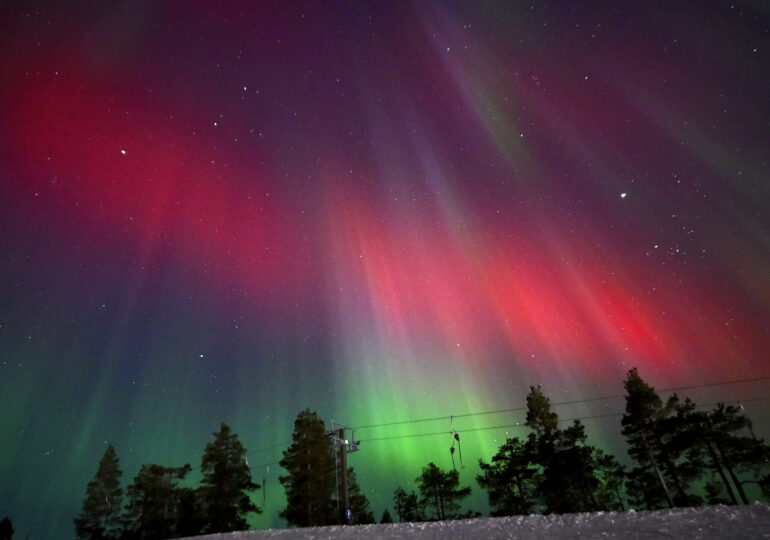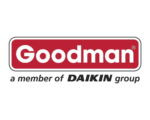The Hidden Risks of Mold: A Coverage Gap That Surprises Homeowners

When Brandi Schmitt’s Maryland home was battered by a nor’easter in 2018, the aftermath turned her life upside down. The storm led to significant wind and water damage, which eventually morphed into a more insidious problem: mold. Despite having insurance and even paying for extra coverage, Schmitt found herself in a protracted battle with her insurer, USAA, over the mold damage. The ordeal left her home uninhabitable and her family struggling with health issues.
Schmitt’s experience highlights a significant coverage gap that continues to surprise homeowners: mold damage is often not fully covered, or is excluded entirely, from standard homeowners insurance policies. This gap stems from a shift in the insurance industry that began decades ago, prompted by high-profile lawsuits and the costly nature of mold remediation.

A Shift in the Insurance Landscape
In the early 2000s, several high-profile lawsuits, most notably the Ballard v. Farmers Insurance Group case in Texas, sent shockwaves through the insurance industry. A jury initially awarded $32 million to the homeowner in a mold-related case, later reduced to $4 million. The size of the verdicts, coupled with the uncertainty around health risks associated with mold and the high cost of remediation, led insurers to swiftly cap or exclude mold coverage from policies.
“We called it at the time a mold stampede,” said Amy Bach, executive director of United Policyholders, reflecting on how insurers reacted by pulling back on mold coverage.
Limited Coverage and Surprises for Homeowners
Today, most standard homeowners insurance policies exclude mold damage unless it is the result of a covered peril, such as a sudden pipe burst. However, if mold develops over time due to ongoing leaks or poor maintenance, it typically won’t be covered. Some insurers offer limited mold coverage as an add-on, but these caps often fall far short of the actual cost of remediation, which can run into tens of thousands of dollars.
For instance, USAA offers up to $15,000 in mold coverage under certain conditions, while Nationwide caps its coverage at $10,000 for mold damage caused by covered incidents. However, these limits can be insufficient, as mold remediation can easily exceed these amounts, especially in severe cases.
The policy language around mold coverage can be convoluted and difficult for homeowners to understand. Insurance experts recommend that homeowners carefully review their policies and consider consulting a professional to fully understand what is and isn’t covered.
The Impact of Climate Change
The increasing frequency and severity of storms, driven by climate change, are likely to exacerbate the problem. Water damage, including mold, accounted for 27.6% of homeowners insurance losses in 2022, according to the Insurance Services Office. As severe weather events become more common, the risk of mold damage is expected to rise, putting more homeowners at risk of discovering too late that their insurance doesn’t fully cover mold-related costs.
Insurance companies are closely monitoring the broader impact of climate change on the industry, but specific coverage for mold remains limited. Insurers have the right to not renew policies based on prior claims, including those for mold, which adds another layer of risk for homeowners who make such claims.
The Aftermath for Homeowners
Six years after the storm, Schmitt’s home remains uninhabitable. Despite her efforts to secure coverage, her family has been left to deal with the aftermath, including health issues and ongoing legal battles with their insurer. Schmitt’s case is a stark reminder of the importance of understanding insurance coverage and the potential pitfalls that homeowners may face when dealing with mold damage.
For many homeowners, the discovery that their policy doesn’t fully cover mold can be a costly surprise. As weather patterns continue to shift, the need for clear and comprehensive insurance coverage becomes increasingly important, especially in areas prone to severe weather.





















